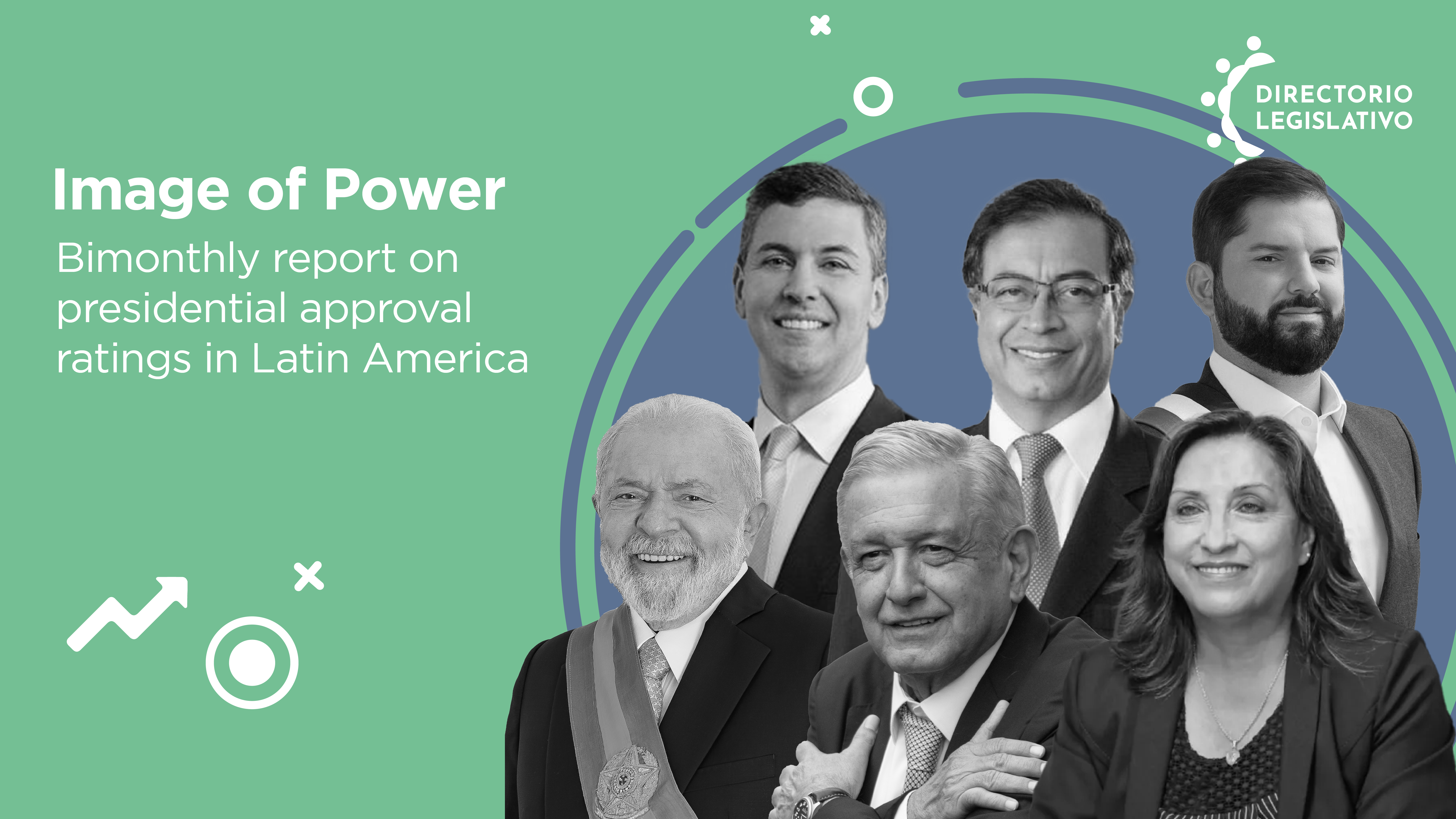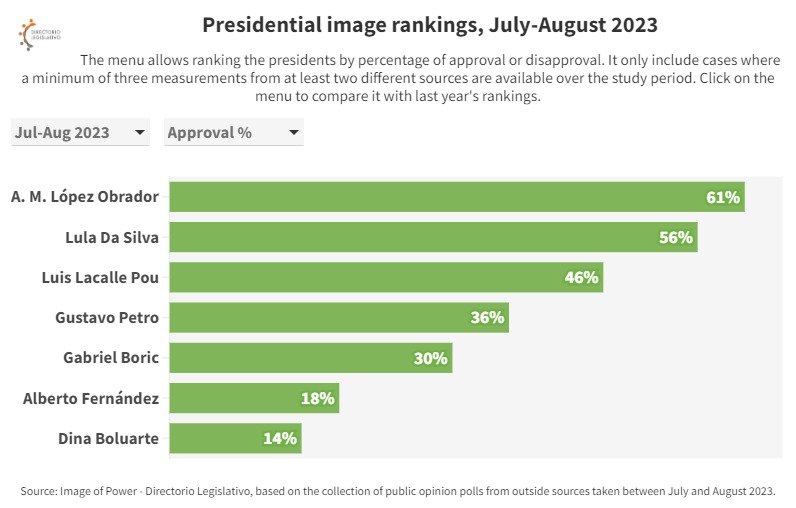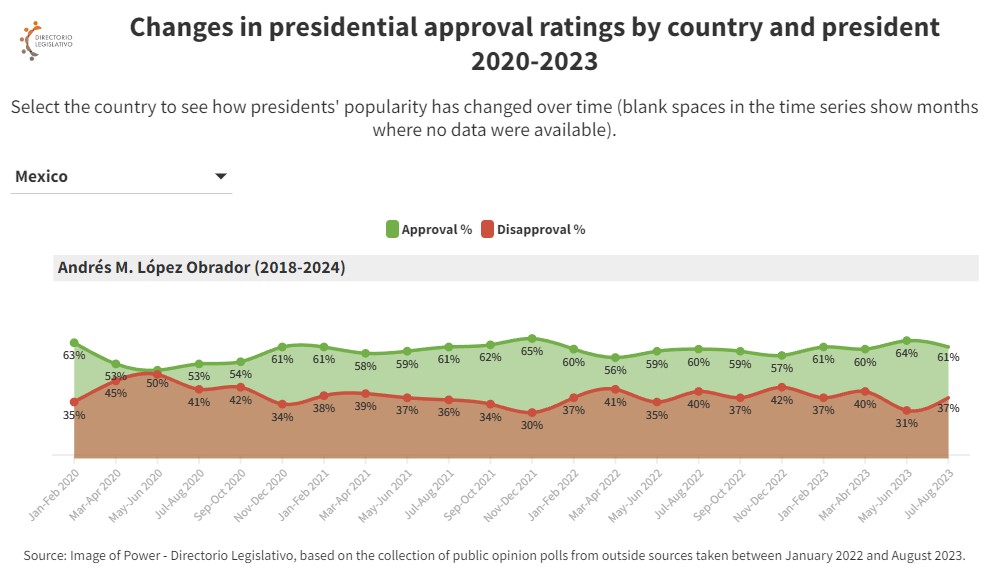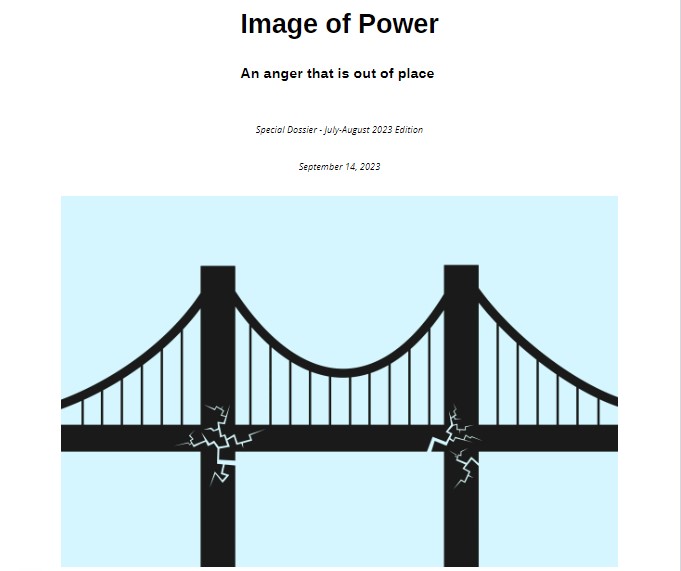López Obrador, the only president in the region with more than 60% approval rating

The following is the new edition of “Image of Power”—the presidential approval monitor of Latin America created by Directorio Legislativo.
In our new ranking, Andrés Manuel López Obrador and Lula Da Silva are the only two presidents above a 50% approval rating. Obrador is at 61% approval, and has bullet-proof support during his fifth year in office. After facing a small push back, Silva keeps behind him reaching 56% approval. Meanwhile, Gustavo Petro is closing his first year in office and, due to the discontempt among citizens and politicians, barely reaches 36% approval.

The regional average approval rating is at 37%. This trend of low regional ratings continues due to presidents, such as Alberto Fernández and Guillermo Lasso, who hit rock bottom, then stabalize. On the other side, Gabriel Boric has managed to maintain 30% (+/-2) approval, just like he has for the past year.

In past months we have been facing a drop in presidential approval ratings, and the decrease has shown obvious influence in the political scene as support for current presidents is being redirected to the rising candidates waiting to succeed them.
Such a stark change in support exacerbates the central theme of this issue: how does the popularity of right-wing government within a democracy encourage the emergence of alternative candidates whom are at the edge of democracy?

Over the past year, conversation has shifted from the new “pink tide” to right-wing discourse and policy proposals, a discussion dominating not only the post-electoral debate in Argentina, but countries across Latin America. In Brasil, Bolsonarism continues to face opposition and in Chile, José Antonio Kast’s “republican” proposal is gaining traction and heavily influencing the constituent process.
In Ecuador, Daniel Noboa, the son of the country’s main businessman, has emerged in the run for president. This unexpected candidate will compete against Luisa Gonzalez, the candidate of Correism.
We invite you to read the full report and article:
